Table of Contents
Whether you're a beginner lifter or a seasoned gym-goer pushing toward heavier lifts, you've likely experienced one common frustration: grip fatigue limiting your progress. Fortunately, weight lifting hooks offer a simple and effective solution. In this guide, we'll dive deep into what lifting hooks are, when and how to use them, their benefits, common mistakes to avoid, and how they can help you achieve better results in your strength training routine.
What Are Weight Lifting Hooks?
Weight lifting hooks are gym accessories designed to assist your grip during heavy lifting exercises. Typically made of durable steel hooks attached to padded wrist straps, they are worn around your wrists with the metal hooks extending from your palm. These hooks wrap around a barbell, dumbbell, or pull-up bar, reducing the need for your hands to tightly grip the weight.
They are often compared to lifting straps, but they differ in design and application. Straps require you to wrap a piece of fabric around the bar, which still engages your grip strength to some extent. Hooks, on the other hand, allow you to essentially bypass the grip altogether, making them particularly useful when your hands are fatigued or injured.
Who Should Use Lifting Hooks?
- Beginners who struggle with holding onto weights during pulling movements
- Bodybuilders focusing on hypertrophy in the back or hamstrings
- Powerlifters during accessory work or high-volume sessions
- Athletes recovering from hand or wrist injuries
Benefits of Using Weight Lifting Hooks
Overcome Grip Limitations
Your grip often fails before your target muscles do. For example, in a set of heavy barbell rows, your forearms might tire out before your back is fully taxed. Hooks offload the grip burden so you can push those muscles further.
Reduce Injury Risk
If you've ever felt wrist or forearm strain during heavy pulling, hooks can help by stabilizing the load and keeping pressure off smaller joints and tendons.
Target Specific Muscle Groups More Effectively
Want to build a bigger back? Hooks let you isolate the lats and traps without worrying about whether your grip will hold up throughout the set.
Enhance Volume and Intensity
Because your hands aren't the limiting factor, you can lift heavier and perform more reps, leading to better muscle growth and strength adaptation over time.
When Should You Use Weight Lifting Hooks?
Lifting hooks are ideal for pulling exercises that challenge your grip. Some of the most common include:
- Deadlifts
- Rack pulls
- Barbell and dumbbell rows
- Pull-ups and chin-ups
- Lat pulldowns
- Shrugs
However, lifting hooks are not recommended for:
- Pressing movements (bench press, shoulder press)
- Olympic lifts (cleans, snatches)
- Grip-specific training (farmer's carries, rope climbs)
Use hooks when your primary focus is the target muscle—not your grip strength. If you're training for grip endurance or overall functional fitness, rotate them with regular training.
How to Properly Use Weight Lifting Hooks
Using weight lifting hooks is straightforward, but proper setup ensures effectiveness and safety.
Step 1: Choose the Right Hooks
Look for hooks made from strong steel with comfortable, adjustable wrist straps. Padding is essential to prevent discomfort or wrist pinching during heavy lifts.
Step 2: Wear and Secure the Hooks
Wrap the wrist strap snugly around your wrist. The hook should sit in the middle of your palm, pointing downward when your palm faces you. Ensure a tight but comfortable fit.
Step 3: Engage the Hook on the Bar
Place the hook directly on the barbell, dumbbell, or machine handle. The hook should bear the weight, not your fingers. Once the hook is in position, close your hands loosely around the bar for additional control—but don't rely on your grip.
Step 4: Lift with Proper Form
While the hook supports your grip, you must still lift with good form. Keep your back engaged, core tight, and move with control. Don't let the presence of hooks compromise your technique.
Tips and Common Mistakes
✅ Do:
- Use hooks on your last sets or heaviest lifts to push past grip fatigue
- Combine with lifting straps for different training phases
- Keep your wrists aligned with the bar to avoid awkward angles
- Train grip strength separately if needed
❌ Avoid:
- Relying on hooks for every single lift
- Using them on pushing or balance-based exercises
- Ignoring pain or discomfort—adjust the fit if necessary
- Letting your form break down just because you can hold more weight
Using lifting hooks should enhance your training, not mask weaknesses. Think of them as a supplemental tool, not a crutch.
Lifting Hooks vs. Lifting Straps: Which Should You Use?
While both tools assist with grip, here's a quick comparison:
| Feature | Lifting Hooks | Lifting Straps |
|---|---|---|
| Ease of Use | Very easy and quick | Requires some technique |
| Grip Engagement | Minimal grip needed | Moderate grip needed |
| Adjustability | Less flexible | More customizable |
| Comfort | Can cause wrist pressure | More padded and flexible |
| Best Use Case | Beginners, injury recovery | Advanced lifters, high loads |
If you're just starting or recovering from a wrist/hand injury, hooks might be more beneficial. If you want to gradually build grip strength while still getting assistance, straps may be the better choice.
Conclusion
Weight lifting hooks can be a game-changer in your fitness journey, especially if grip fatigue has been holding you back from maximizing your gains. They're easy to use, highly effective for pulling exercises, and a smart way to isolate target muscles without overstraining your hands.
However, like all gym tools, they should be used intentionally and in balance with your overall training goals. Incorporate them strategically—on your heaviest sets, during back-focused days, or when grip fatigue starts to limit progress.
Master the basics, use lifting hooks wisely, and you'll see improvements not just in how much you can lift—but in how efficiently you build muscle and prevent injury. Train smart, lift strong!
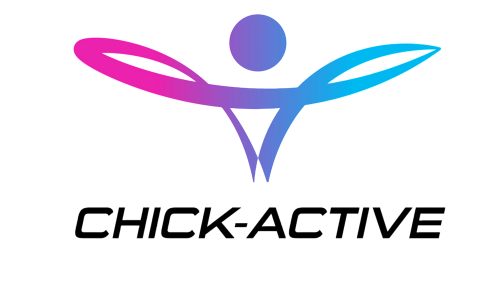
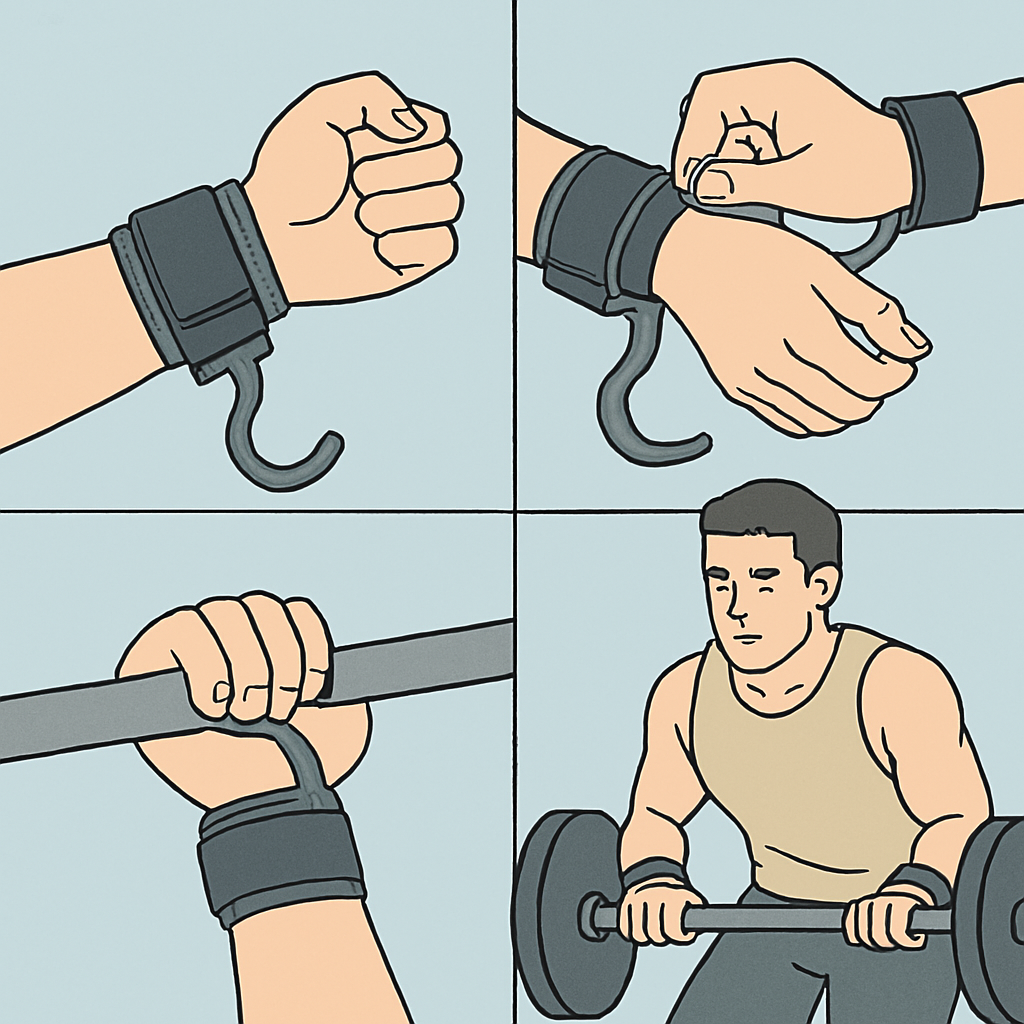
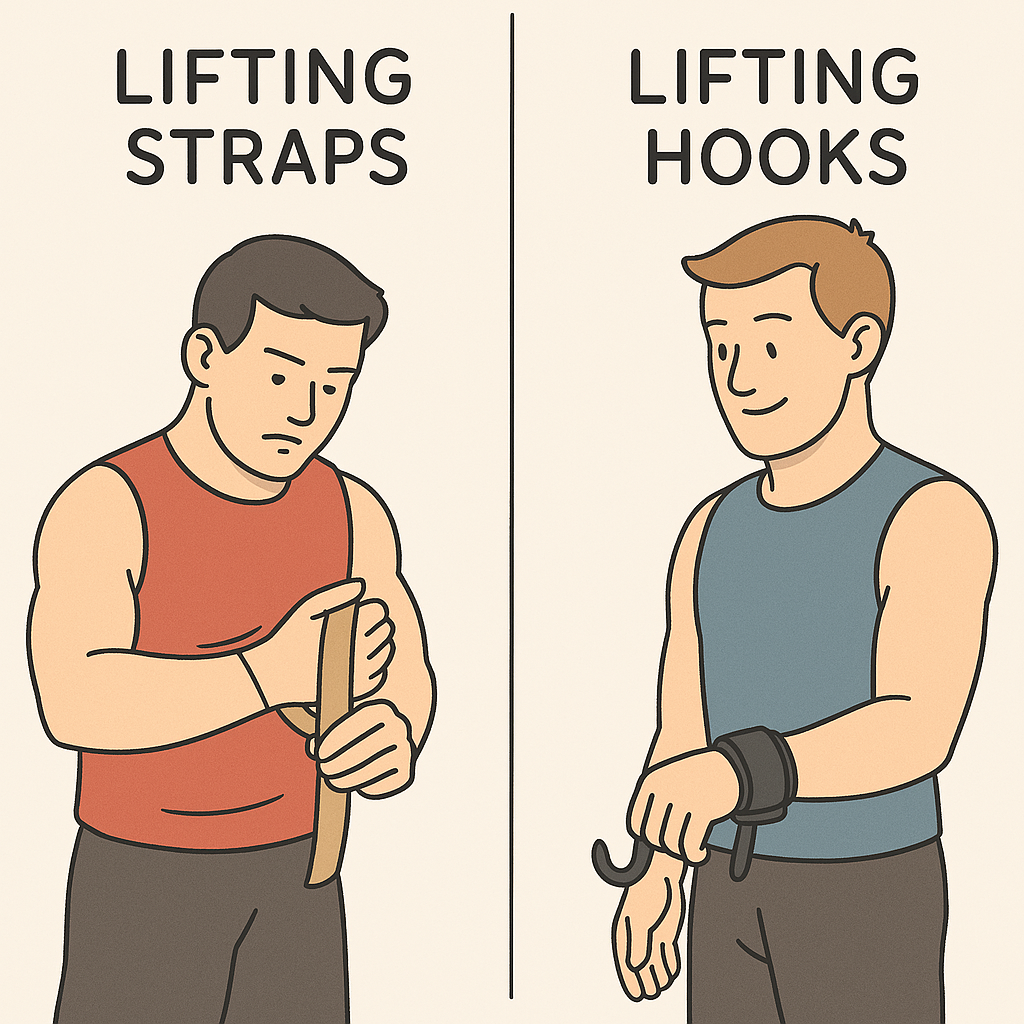
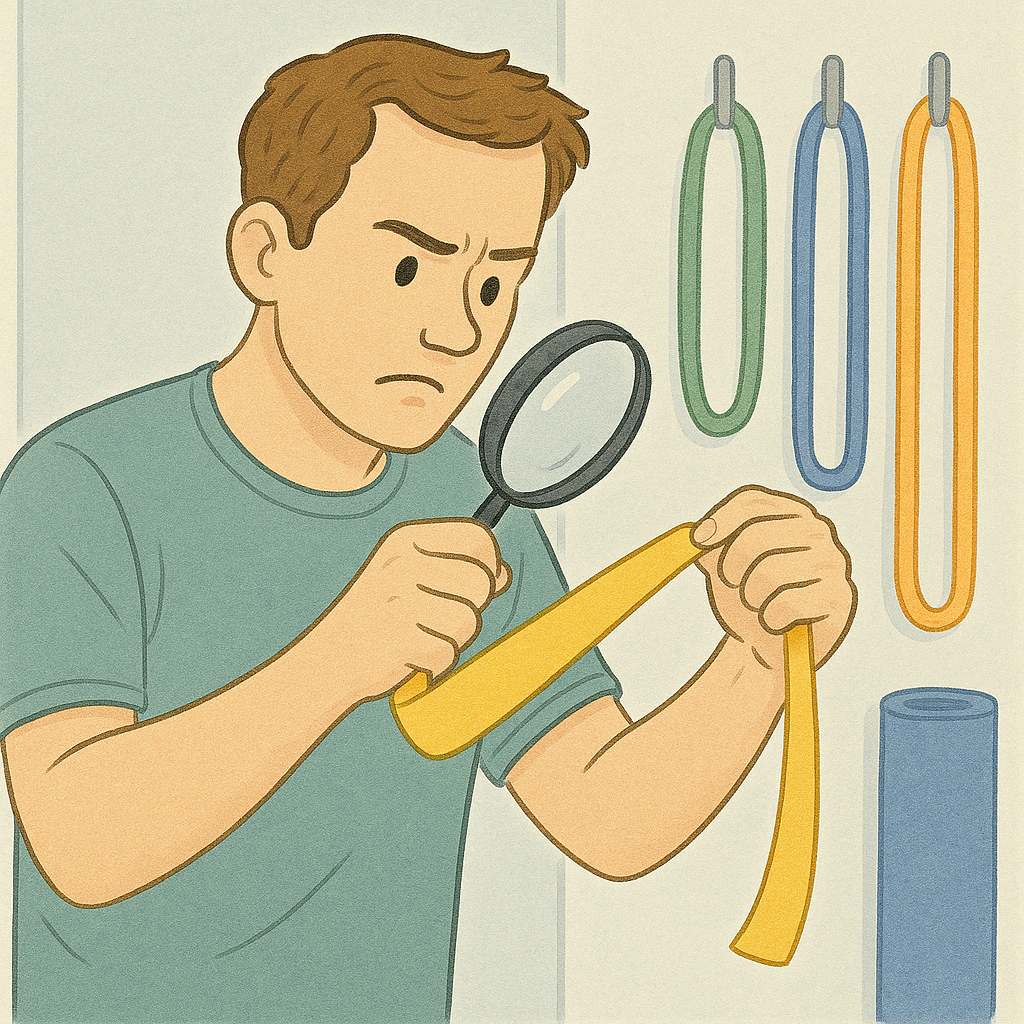
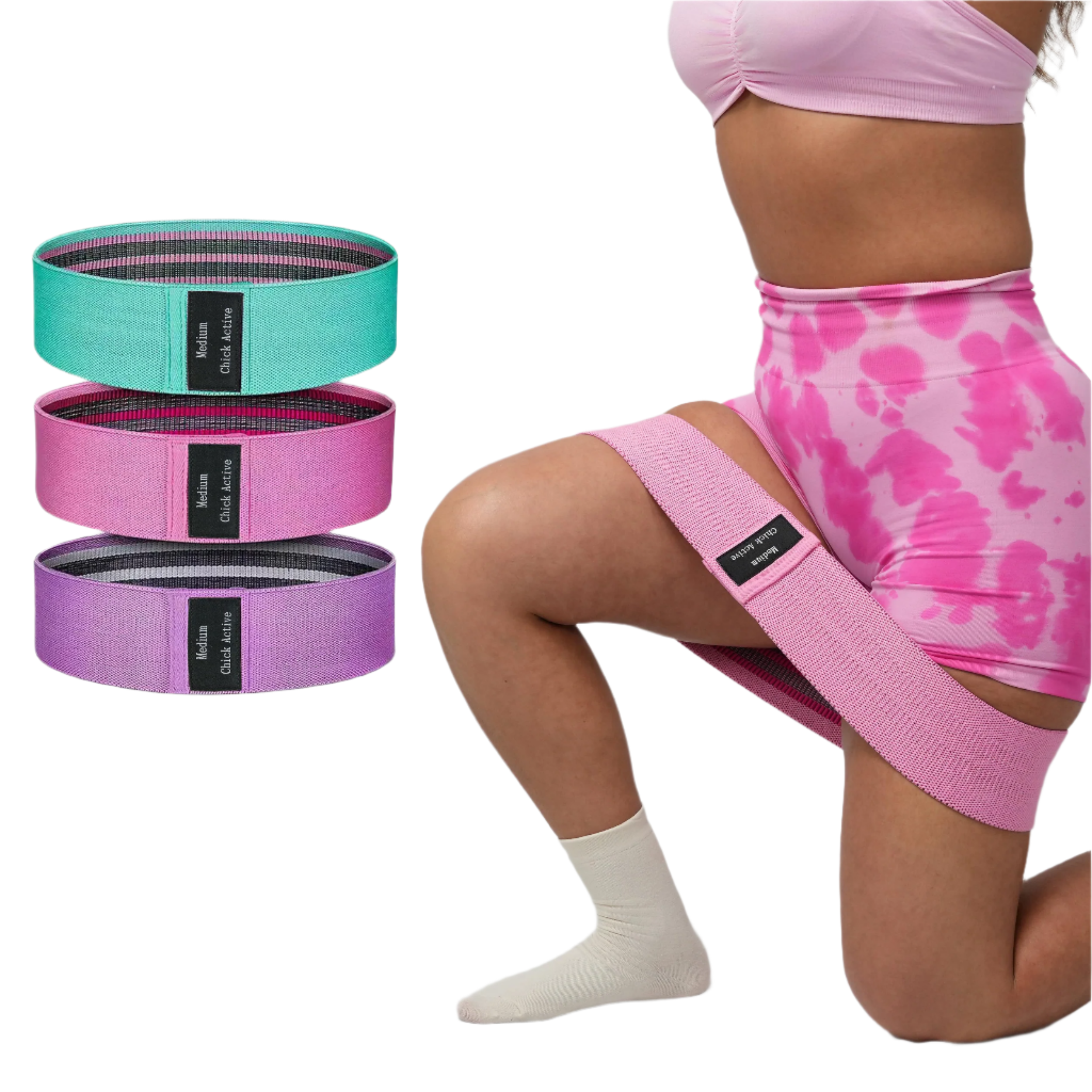
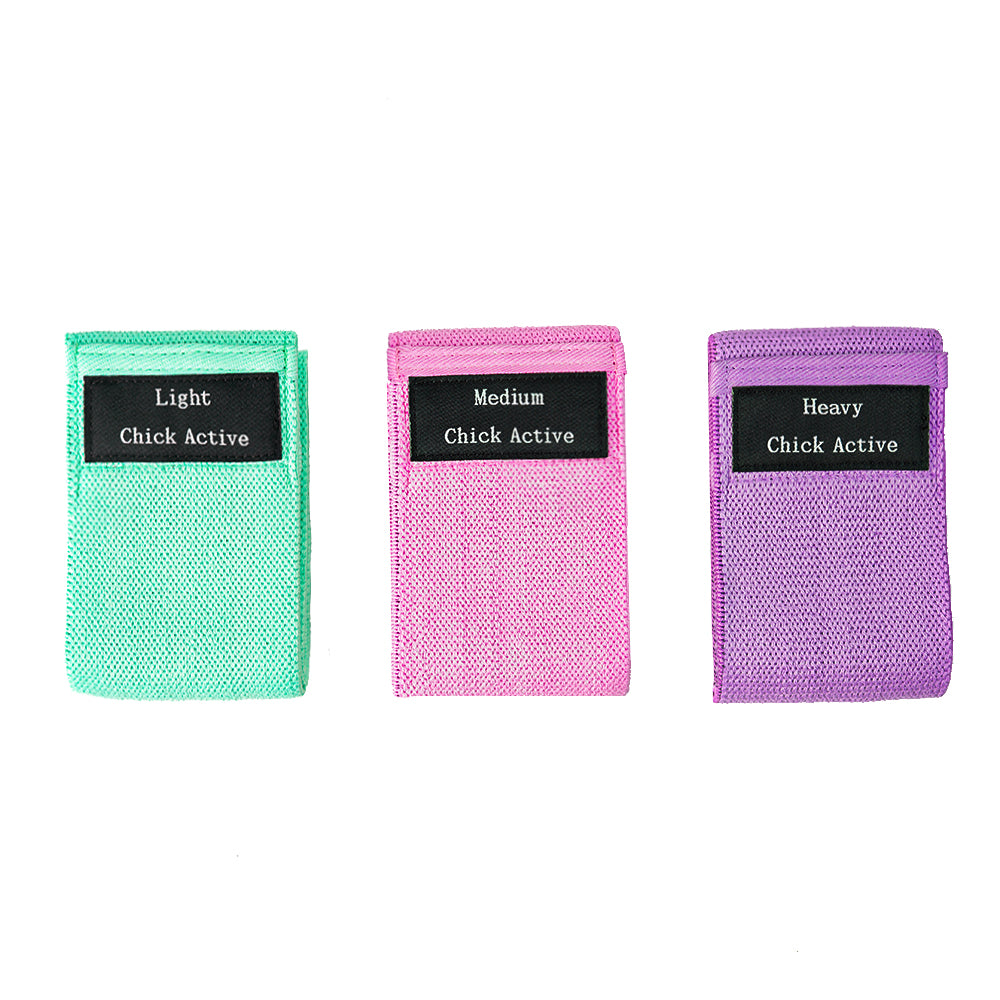
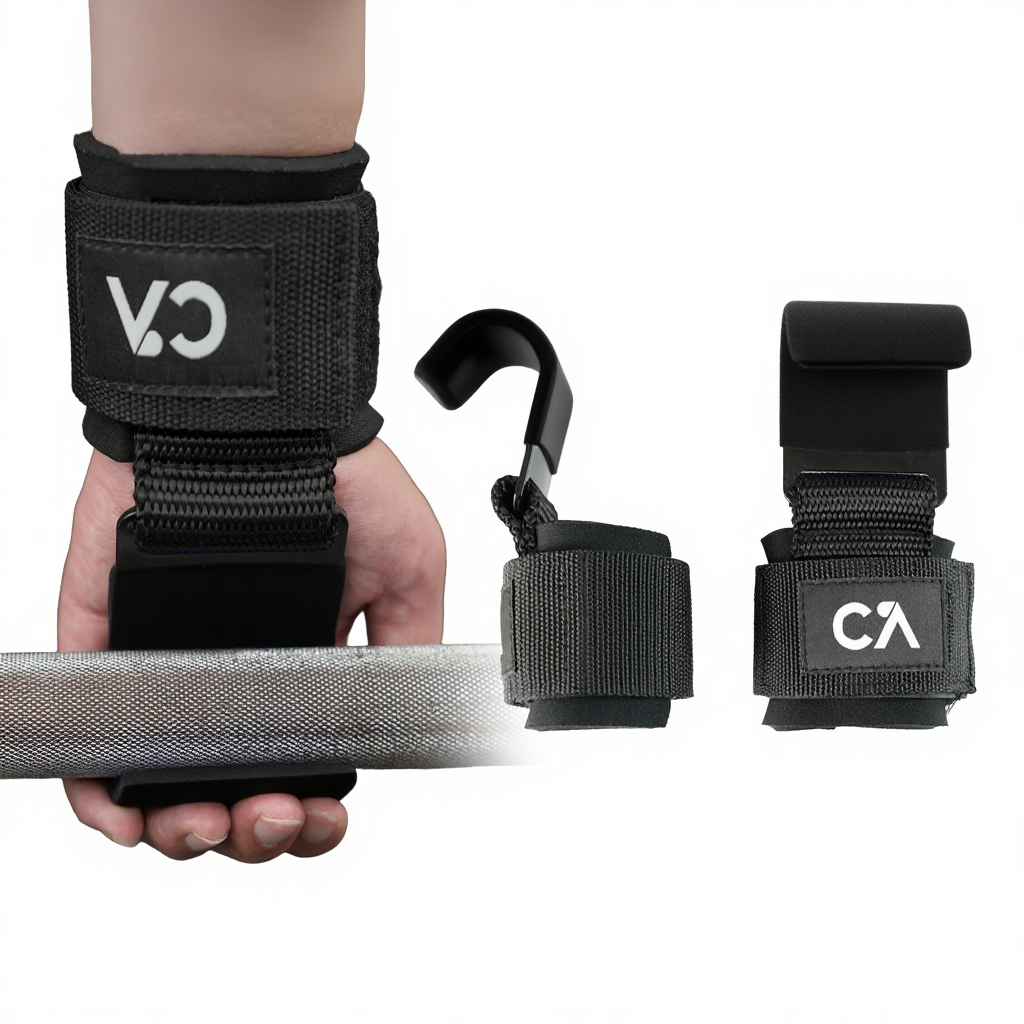
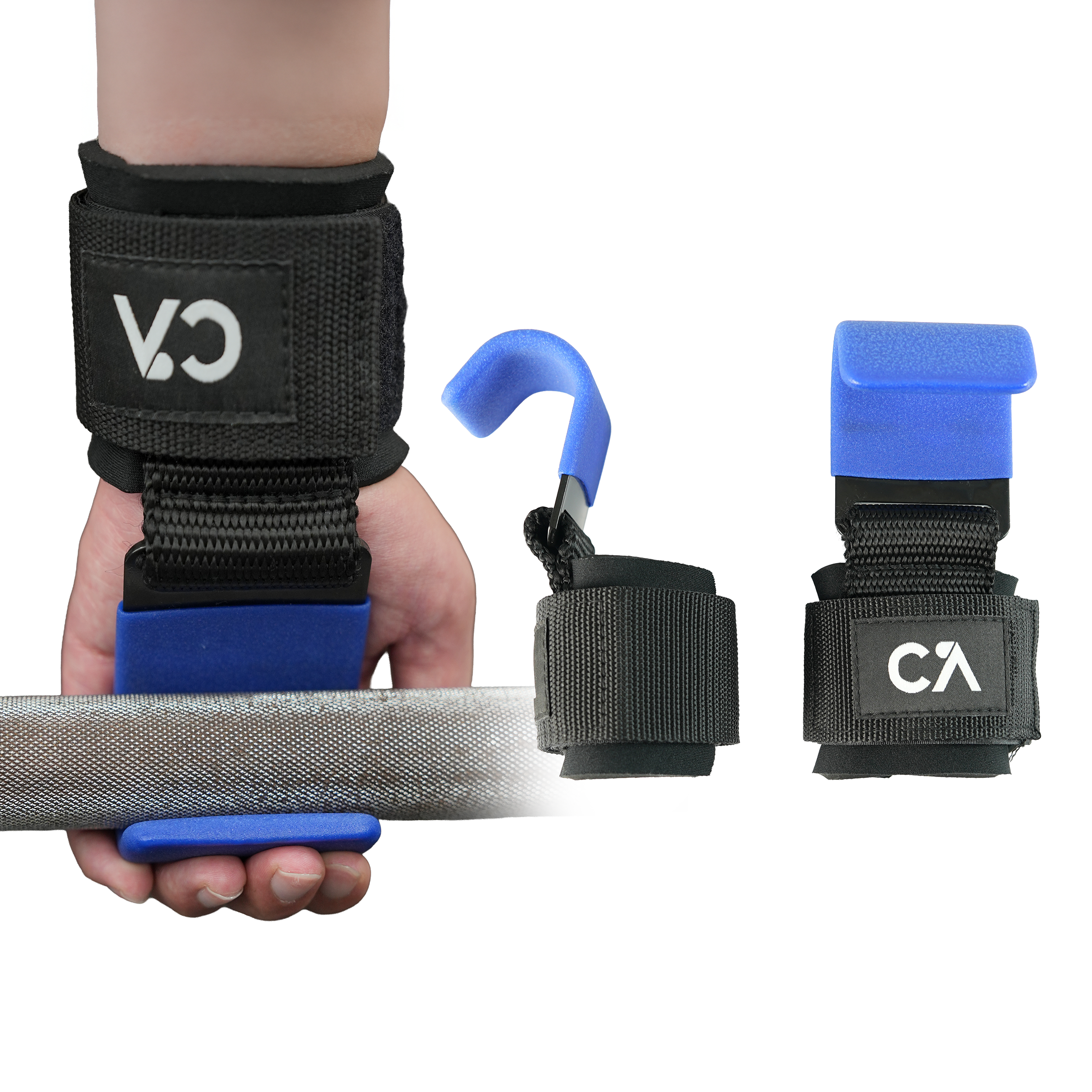
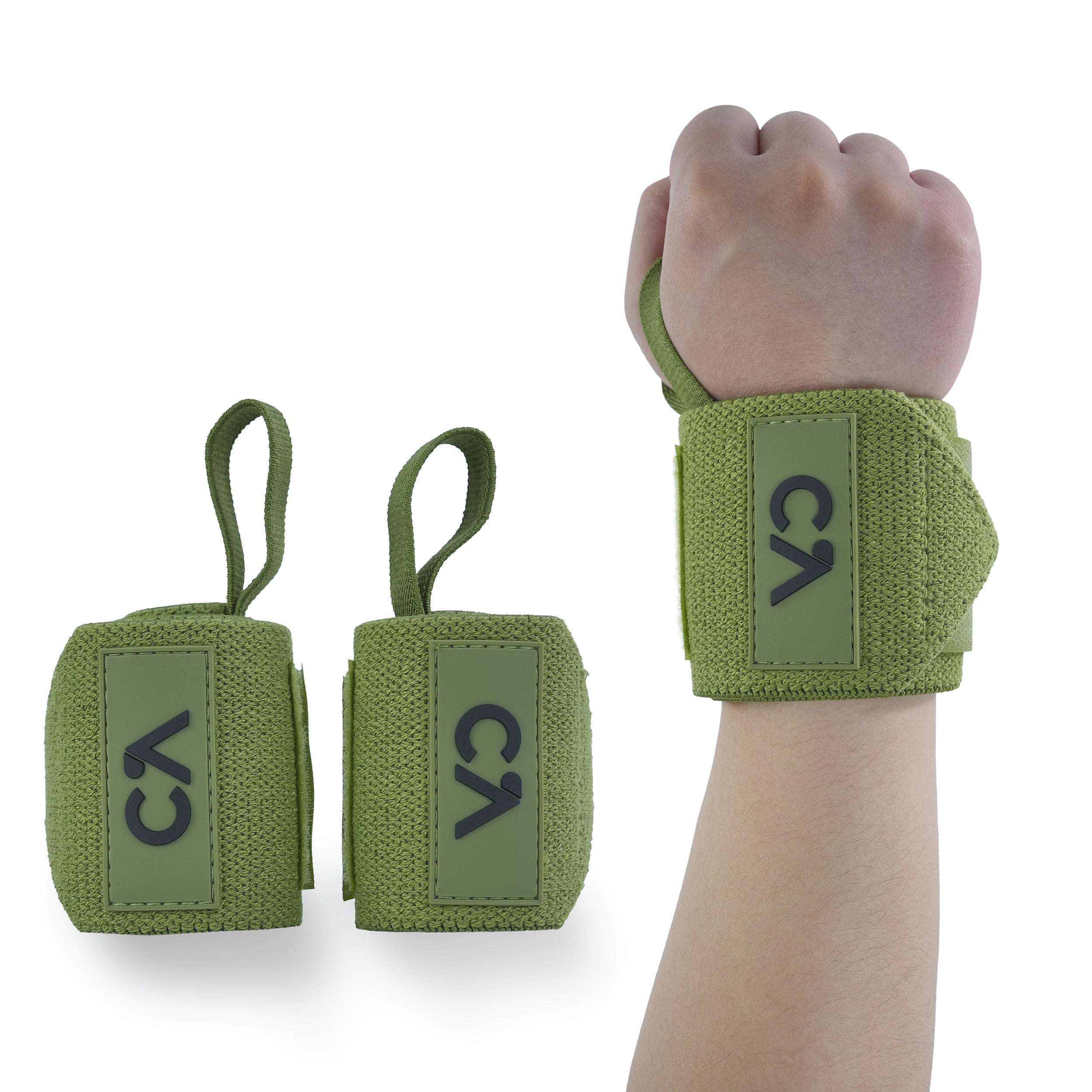
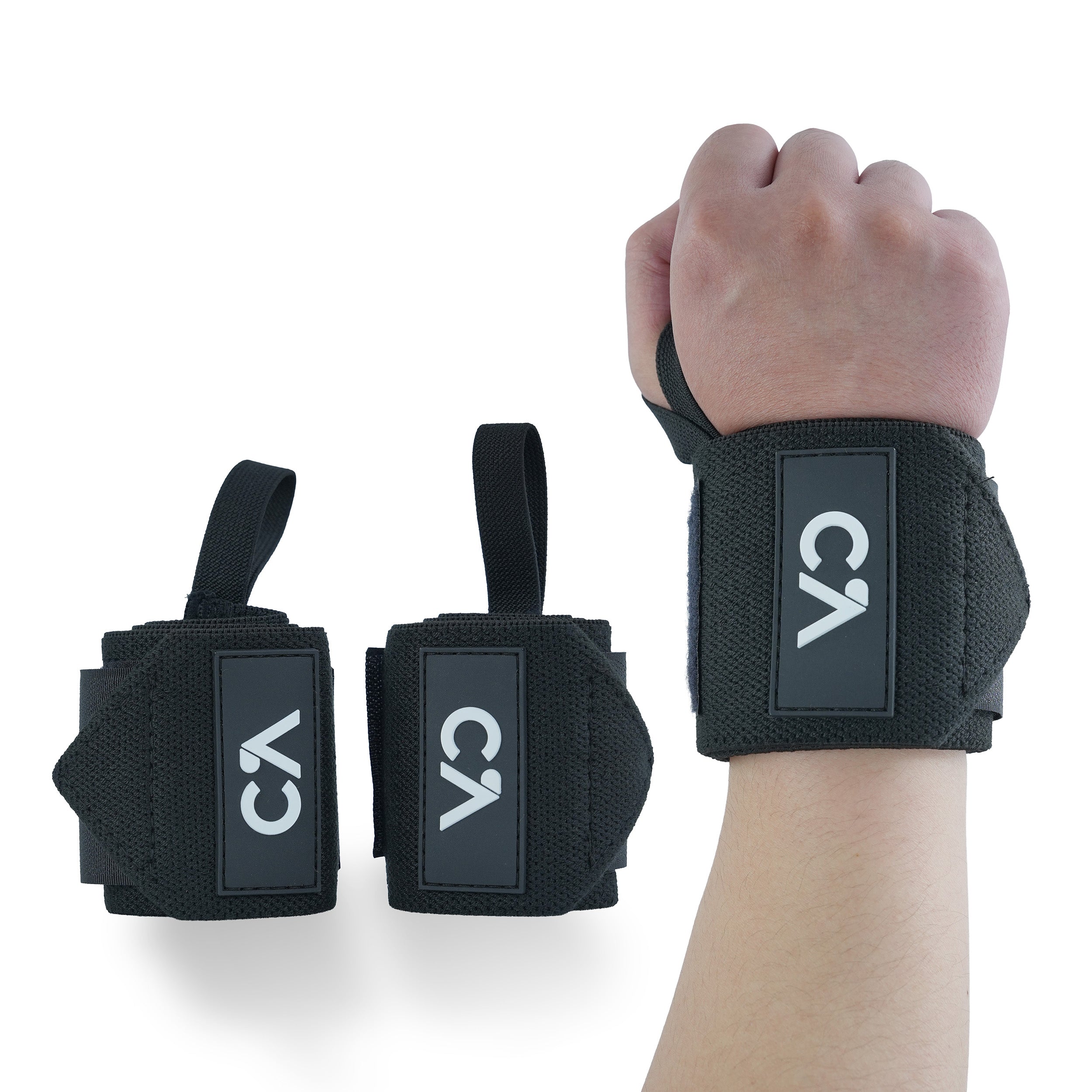
Leave a comment
All comments are moderated before being published.
This site is protected by hCaptcha and the hCaptcha Privacy Policy and Terms of Service apply.